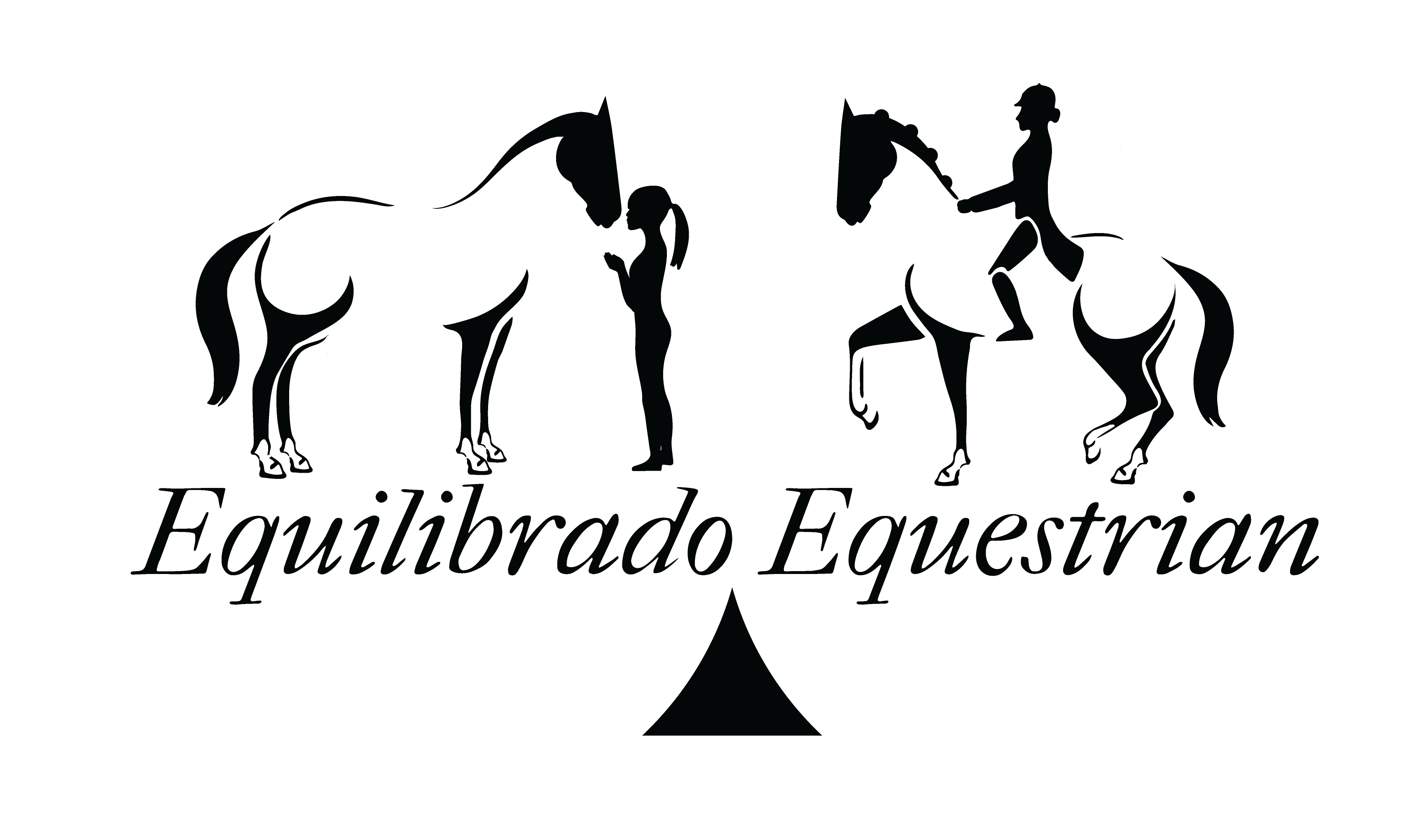The “Right” Illusion
- Amberley Marsden
- 7 days ago
- 3 min read
Perspective is a funny thing. We all see the world through our own eyes, shaped by our personal experiences and emotions. Often, we are quick to react to a situation based on how we feel in that moment, biased by our perspective. But how many times are we actually "right"? That's a trick question, because from our own perspective, in the moment, we almost always are. From someone else's, however, we could be "wrong". It is entirely possible for something to be right for one person and wrong for another.

The same thing goes for our horses. What might be right for one horse could be completely wrong for another. One of the greatest skills we can learn in life is how to put ourselves in someone else's shoes – to see the world from their perspective. When we can understand where someone is coming from, it helps us to communicate better, empathize with them, and find solutions to problems. The same thing goes for our horses. As a rider, learning to see things from our horse's perspective helps us to develop a better partnership. We are more able to help them through difficult situations, encourage them, effectively correct them, and understand their needs.
Horses cannot directly tell us what they are thinking and feeling, so the skill of putting ourselves in their shoes becomes extra critical. A fellow human can speak up for themselves and explain their point of view, but a horse doesn't have that ability. All they can do is attempt to show us through their behaviours. We often figure out a horse's perspective through trial and error. We may assume they will react one way, but they will surprise us by doing something completely unexpected. In retrospect, we realize they viewed the situation differently than we had anticipated. It is through observation and actively reflecting on things that have happened that we start to develop an idea of how that particular horse views the world.
To be able to effectively communicate with, ride, and train our horses, we need to be able to look at things from their perspective. Spending time observing our horses when they’re on their own time, in their paddocks/fields, with other horses, can give us valuable insight into how they see the world. If we only observe horses when they are around us (humans), we may be creating a very biased viewpoint of how they actual act/think/feel. Horses are extremely intelligent and observant creatures – their survival depends on it. They are masters at figuring out what humans want, as well as how we will behave, and acting or reacting accordingly. Any horse that has been handled by humans has potentially modified its own behaviours to accommodate ours. Therefore, it is easy to paint a picture in our minds of how a horse feels about something based on how they are acting in the moment, when in actuality the horse may be internalizing its feelings or modifying its behaviours to accommodate ours.
Become an observer. Watch your horse and how they interact with others – humans and animals. Learn to see the world from their perspective. Watch for subtle signs that are easy to miss, to see how your horse feels about various interactions. Pay attention to their expressions and body language. When they act out, look for the root cause, not just the obvious trigger in the moment. What led up to that point? How many triggers were stacked until the final straw was reached? How did your horse attempt to communicate or withdraw prior to boiling over? So many times, we miss the little warning signs and therefore miss the opportunity to adjust what we are doing or how we are doing it, before it becomes too much for our horse to handle. It is easy to label a horse as “anxious” or “grumpy” or “antisocial” while completely misunderstanding the why behind the horse’s emotions and behaviours. We owe it to our horses to spend the time getting to know their feelings and the whys behind them, to better help them through the lifestyle we’ve chosen for them. As a wise friend of mine once said, perspective isn't just a shift in view, it’s the bridge to partnership.

Comments